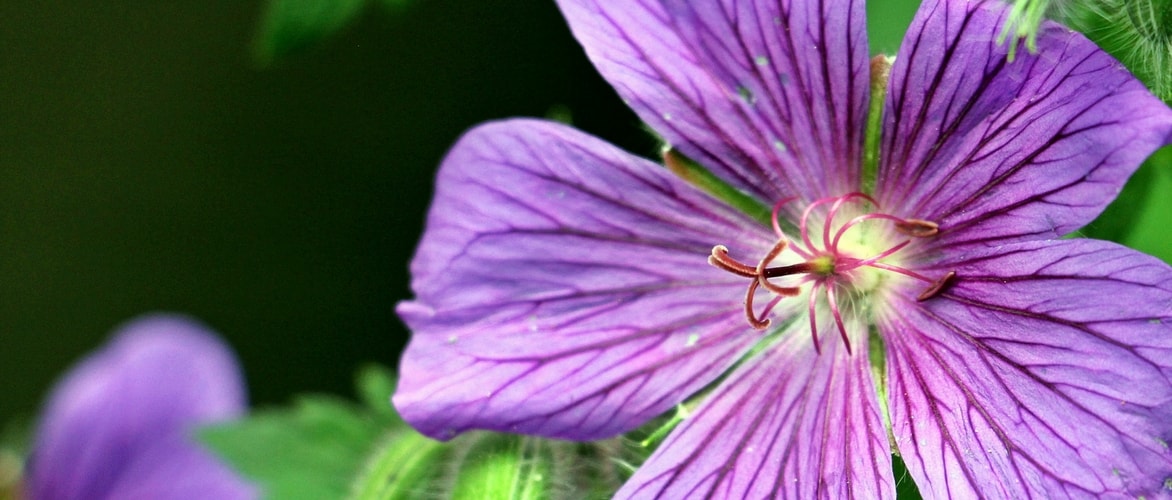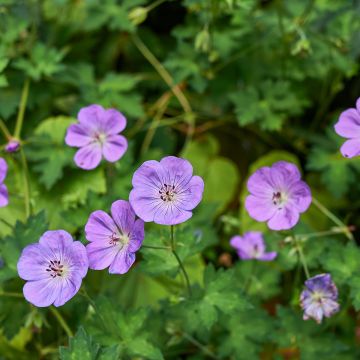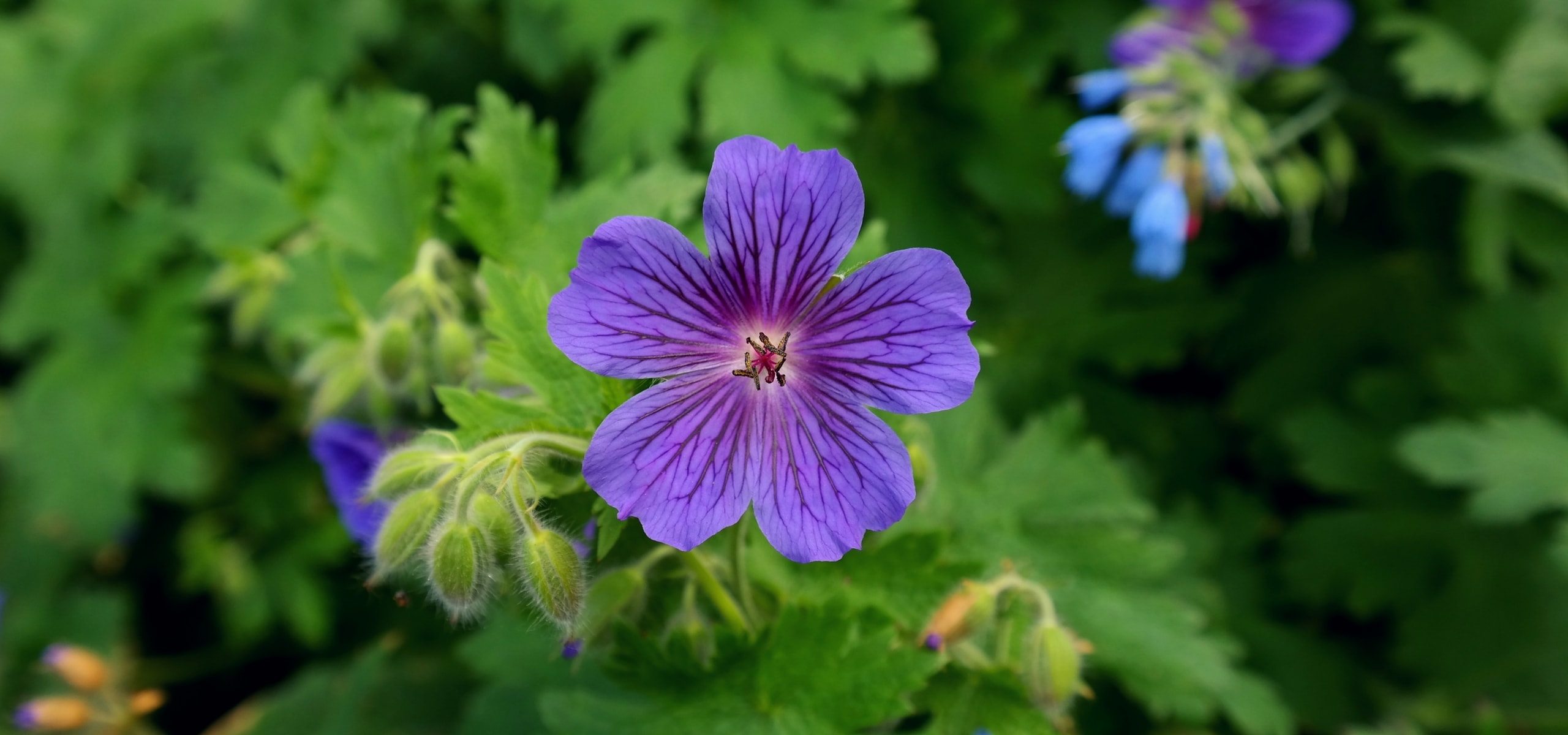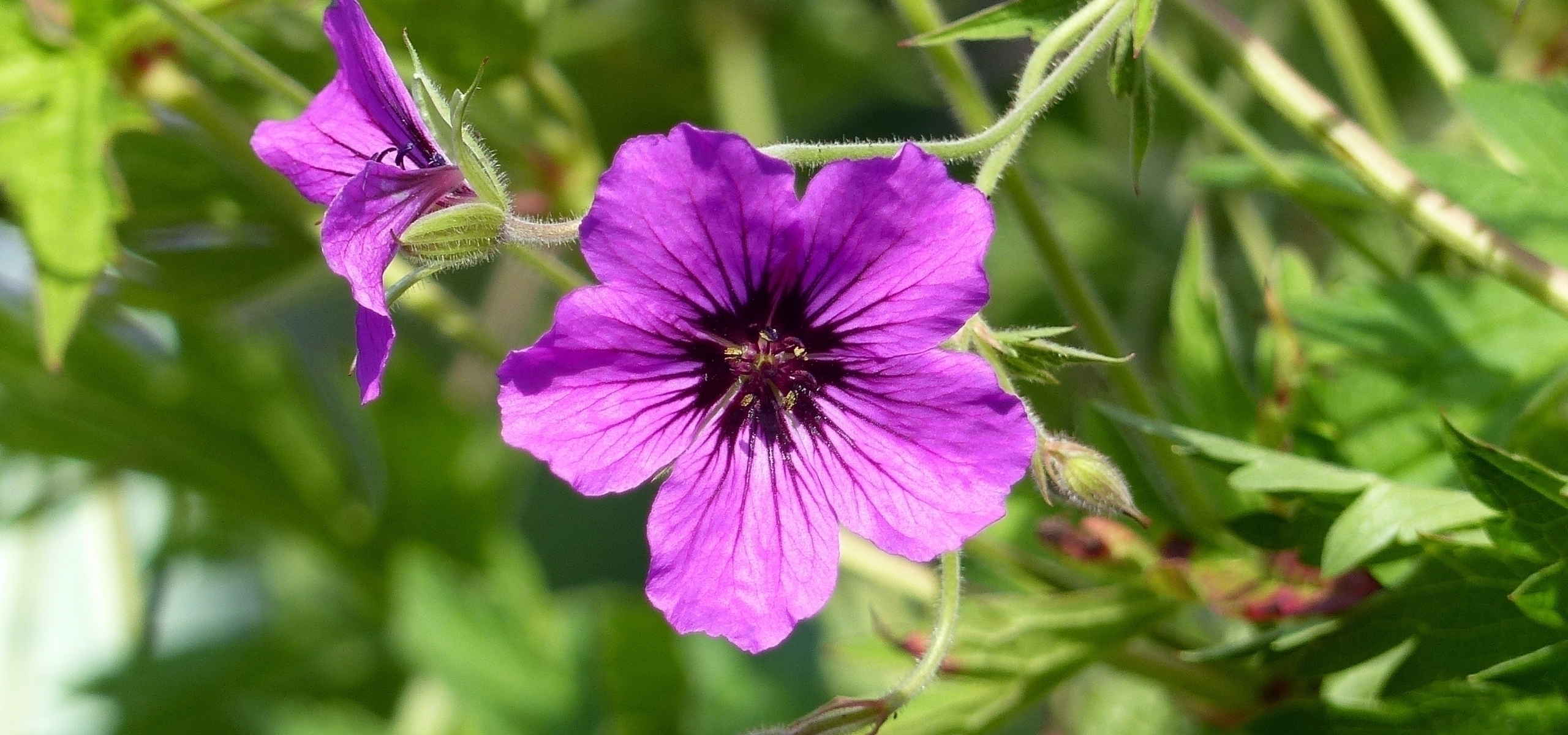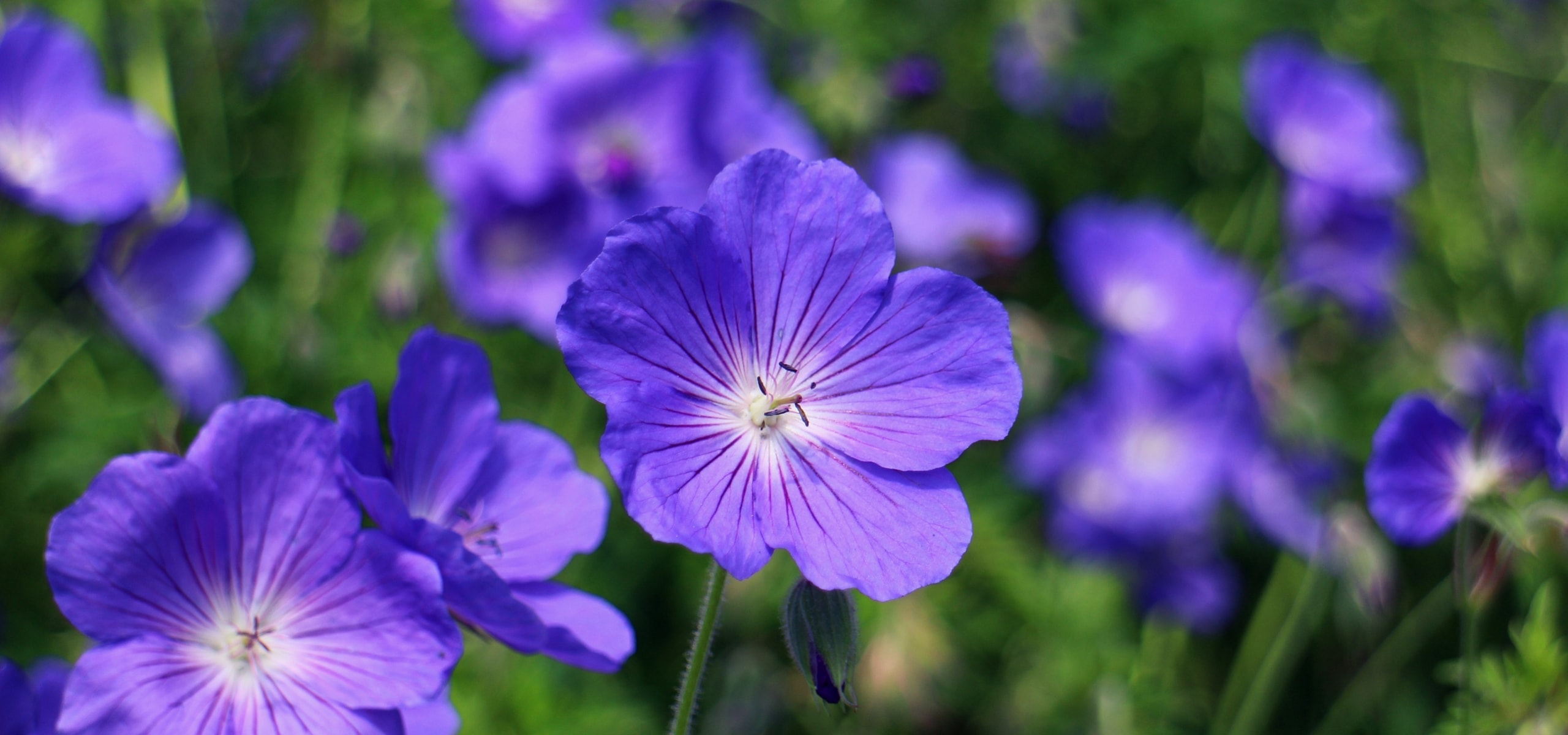

Geranium dalmaticum Bressingham Pink
Geranium dalmaticum Bressingham Pink
Geranium dalmaticum Bressingham Pink
Dalmatian Cranesbill, Hardy Geranium
One of the young plants was delivered very underdeveloped.
Jacques L., 09/04/2018
Special offer!
Receive a €20 voucher for any order over €90 (excluding delivery costs, credit notes, and plastic-free options)!
1- Add your favorite plants to your cart.
2- Once you have reached €90, confirm your order (you can even choose the delivery date!).
3- As soon as your order is shipped, you will receive an email containing your voucher code, valid for 3 months (90 days).
Your voucher is unique and can only be used once, for any order with a minimum value of €20, excluding delivery costs.
Can be combined with other current offers, non-divisible and non-refundable.
Why not try an alternative variety in stock?
View all →This plant carries a 12 months recovery warranty
More information
We guarantee the quality of our plants for a full growing cycle, and will replace at our expense any plant that fails to recover under normal climatic and planting conditions.
Would this plant suit my garden?
Set up your Plantfit profile →
Description
The perennial Geranium dalmaticum 'Bressingham Pink', a type of Cranesbill, is a small rhizomatous plant that forms a low, slowly spreading carpet, eventually forming large cushions. This cultivar is particularly floriferous, covering itself with a pink cloud of small pearly flowers like seashells throughout the summer. Its foliage is also interesting, consisting of small, fragrant, dark green and shiny leaves that display beautiful autumn colours. Ideal for sunny rockeries and along pathways, it is durable and charming ground cover, perfectly hardy.
Geranium dalmaticum 'Bressingham Pink' belongs to the Geraniaceae family. This variety is a more floriferous selection with a slightly deeper pink colour than Geranium dalmaticum. The latter is native to the Balkan coasts, Montenegro, and Albania. This plant has a low, carpeting growth habit, reaching a height of 15 cm (6in) and spreading at least 20 cm (8in). It blooms from June to August. The flowers, measuring 2.5 to 3 cm (1in) in diameter, appear in clusters or umbels, with a rich, pearly pink colour, carried on long stalks well above the foliage. The flower has a cup shape, and the anthers are red. The creeping stems bear small, often evergreen leaves (4 cm (2in) in diameter), which are fragrant, round and lobed, of a glossy dark green colour that turns to stunning reddish-orange hues in autumn.
Bressingham Pink Dalmatian Cranesbill is primarily a rockery plant. It will quickly fill in cracks in paving or old and low walls, and fill gaps within and along the edges of rockeries. It also thrives in a wild garden, alongside Phlox subulata 'Emerald Cushion' or Saponaria ocymoides. Its fragrance can be enjoyed and admired when grown in a pot, paired with Campanula porscharskyana 'Stella' and Cerastium tomentosum, in a light and well-drained substrate, in e.g. hanging baskets where it will cascade in delicate and luminous drapes.
Geranium dalmaticum Bressingham Pink in pictures






Flowering
Foliage
Plant habit
Botanical data
Geranium
dalmaticum
Bressingham Pink
Geraniaceae
Dalmatian Cranesbill, Hardy Geranium
Cultivar or hybrid
Other Hardy Geranium - Cranesbill
View all →Planting and care
The perennial Geranium dalmaticum Bressingham Pink is easy to grow in rather moist and even limestone soil, in full sun or partial shade. Water regularly during the first summer and make sure to regularly remove weeds in the first year. This plant adapts very well to various containers, in a mix of leaf compost, sand, and loam kept just moist. This small plant requires no other care. Its creeping stems can be easily controlled by cutting. Clean the foliage at the end of flowering and in spring.
Planting period
Intended location
Care
Planting & care advice
-
, onOrder confirmed
Reply from on Promesse de fleurs
Haven't found what you were looking for?
Hardiness is the lowest winter temperature a plant can endure without suffering serious damage or even dying. However, hardiness is affected by location (a sheltered area, such as a patio), protection (winter cover) and soil type (hardiness is improved by well-drained soil).

Photo Sharing Terms & Conditions
In order to encourage gardeners to interact and share their experiences, Promesse de fleurs offers various media enabling content to be uploaded onto its Site - in particular via the ‘Photo sharing’ module.
The User agrees to refrain from:
- Posting any content that is illegal, prejudicial, insulting, racist, inciteful to hatred, revisionist, contrary to public decency, that infringes on privacy or on the privacy rights of third parties, in particular the publicity rights of persons and goods, intellectual property rights, or the right to privacy.
- Submitting content on behalf of a third party;
- Impersonate the identity of a third party and/or publish any personal information about a third party;
In general, the User undertakes to refrain from any unethical behaviour.
All Content (in particular text, comments, files, images, photos, videos, creative works, etc.), which may be subject to property or intellectual property rights, image or other private rights, shall remain the property of the User, subject to the limited rights granted by the terms of the licence granted by Promesse de fleurs as stated below. Users are at liberty to publish or not to publish such Content on the Site, notably via the ‘Photo Sharing’ facility, and accept that this Content shall be made public and freely accessible, notably on the Internet.
Users further acknowledge, undertake to have ,and guarantee that they hold all necessary rights and permissions to publish such material on the Site, in particular with regard to the legislation in force pertaining to any privacy, property, intellectual property, image, or contractual rights, or rights of any other nature. By publishing such Content on the Site, Users acknowledge accepting full liability as publishers of the Content within the meaning of the law, and grant Promesse de fleurs, free of charge, an inclusive, worldwide licence for the said Content for the entire duration of its publication, including all reproduction, representation, up/downloading, displaying, performing, transmission, and storage rights.
Users also grant permission for their name to be linked to the Content and accept that this link may not always be made available.
By engaging in posting material, Users consent to their Content becoming automatically accessible on the Internet, in particular on other sites and/or blogs and/or web pages of the Promesse de fleurs site, including in particular social pages and the Promesse de fleurs catalogue.
Users may secure the removal of entrusted content free of charge by issuing a simple request via our contact form.
The flowering period indicated on our website applies to countries and regions located in USDA zone 8 (France, the United Kingdom, Ireland, the Netherlands, etc.)
It will vary according to where you live:
- In zones 9 to 10 (Italy, Spain, Greece, etc.), flowering will occur about 2 to 4 weeks earlier.
- In zones 6 to 7 (Germany, Poland, Slovenia, and lower mountainous regions), flowering will be delayed by 2 to 3 weeks.
- In zone 5 (Central Europe, Scandinavia), blooming will be delayed by 3 to 5 weeks.
In temperate climates, pruning of spring-flowering shrubs (forsythia, spireas, etc.) should be done just after flowering.
Pruning of summer-flowering shrubs (Indian Lilac, Perovskia, etc.) can be done in winter or spring.
In cold regions as well as with frost-sensitive plants, avoid pruning too early when severe frosts may still occur.
The planting period indicated on our website applies to countries and regions located in USDA zone 8 (France, United Kingdom, Ireland, Netherlands).
It will vary according to where you live:
- In Mediterranean zones (Marseille, Madrid, Milan, etc.), autumn and winter are the best planting periods.
- In continental zones (Strasbourg, Munich, Vienna, etc.), delay planting by 2 to 3 weeks in spring and bring it forward by 2 to 4 weeks in autumn.
- In mountainous regions (the Alps, Pyrenees, Carpathians, etc.), it is best to plant in late spring (May-June) or late summer (August-September).
The harvesting period indicated on our website applies to countries and regions in USDA zone 8 (France, England, Ireland, the Netherlands).
In colder areas (Scandinavia, Poland, Austria...) fruit and vegetable harvests are likely to be delayed by 3-4 weeks.
In warmer areas (Italy, Spain, Greece, etc.), harvesting will probably take place earlier, depending on weather conditions.
The sowing periods indicated on our website apply to countries and regions within USDA Zone 8 (France, UK, Ireland, Netherlands).
In colder areas (Scandinavia, Poland, Austria...), delay any outdoor sowing by 3-4 weeks, or sow under glass.
In warmer climes (Italy, Spain, Greece, etc.), bring outdoor sowing forward by a few weeks.








































